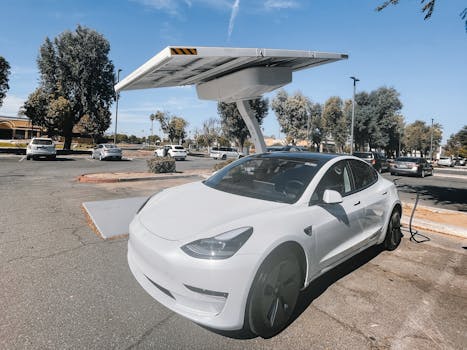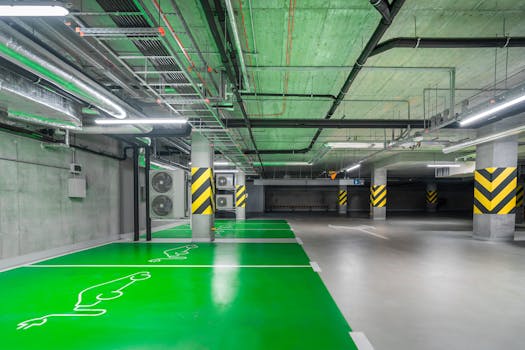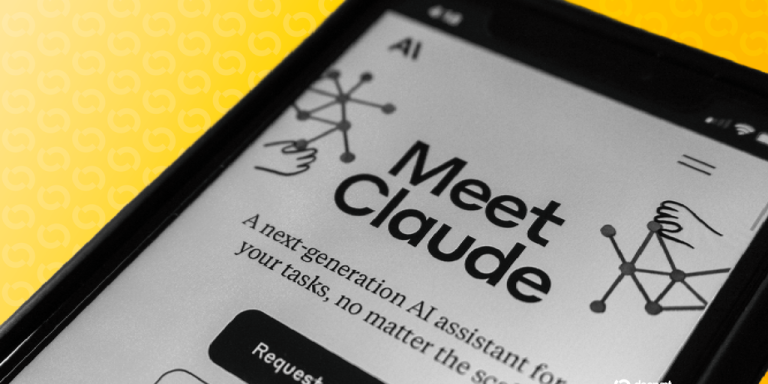
Smart Cities: Urban Trends for 2025
Smart Cities are at the forefront of urban development, incorporating cutting-edge technology to create sustainable, efficient, and livable cities. As we approach 2025, several key trends are emerging that will shape the future of urban planning and development. In this article, we will explore the top urban trends for 2025, focusing on Smart Cities.
Introduction to Smart Cities

Smart Cities use data and technology to manage resources, reduce waste, and improve the quality of life for citizens. This concept has gained significant attention in recent years, with cities worldwide investing heavily in smart city initiatives. Smart Cities aim to create a more sustainable, efficient, and livable environment, using technology to drive innovation and growth.
Top Urban Trends for 2025

The following are some of the top urban trends that will shape the future of Smart Cities in 2025:
- Sustainable Energy: Renewable energy sources, such as solar and wind power, will become increasingly prominent in Smart Cities. Energy-efficient buildings and green infrastructure will also play a key role in reducing carbon emissions and promoting sustainability.
- Smart Transportation: Electric and self-driving vehicles will revolutionize urban transportation, reducing congestion and pollution. Smart traffic management systems will also optimize traffic flow, reducing travel times and improving air quality.
- Internet of Things (IoT): The IoT will play a crucial role in Smart Cities, connecting devices and sensors to collect and analyze data. This will enable cities to optimize resource allocation, reduce waste, and improve public services.
- Artificial Intelligence (AI): AI will be used to analyze data and make predictions, enabling cities to anticipate and respond to challenges. AI-powered chatbots will also improve citizen engagement, providing personalized services and support.
- Green Spaces: Urban green spaces, such as parks and gardens, will become increasingly important in Smart Cities. These areas will not only provide recreational spaces but also help to mitigate the urban heat island effect and improve air quality.
Case Studies: Smart City Initiatives

Several cities around the world are already implementing smart city initiatives, with notable examples including:
- Singapore: Singapore’s Smart Nation initiative aims to harness technology to improve the quality of life for citizens, create new economic opportunities, and build a more sustainable and resilient city.
- Barcelona: Barcelona’s Smart City initiative focuses on using technology to improve public services, reduce energy consumption, and promote sustainability.
- Copenhagen: Copenhagen’s Carbon Neutral 2025 plan aims to reduce carbon emissions and promote sustainable development, using smart city technologies to optimize energy consumption and reduce waste.
Conclusion

In conclusion, Smart Cities will continue to shape the future of urban development, incorporating cutting-edge technology to create sustainable, efficient, and livable cities. As we approach 2025, it is essential to stay informed about the latest urban trends and initiatives, ensuring that our cities remain competitive, innovative, and sustainable.




